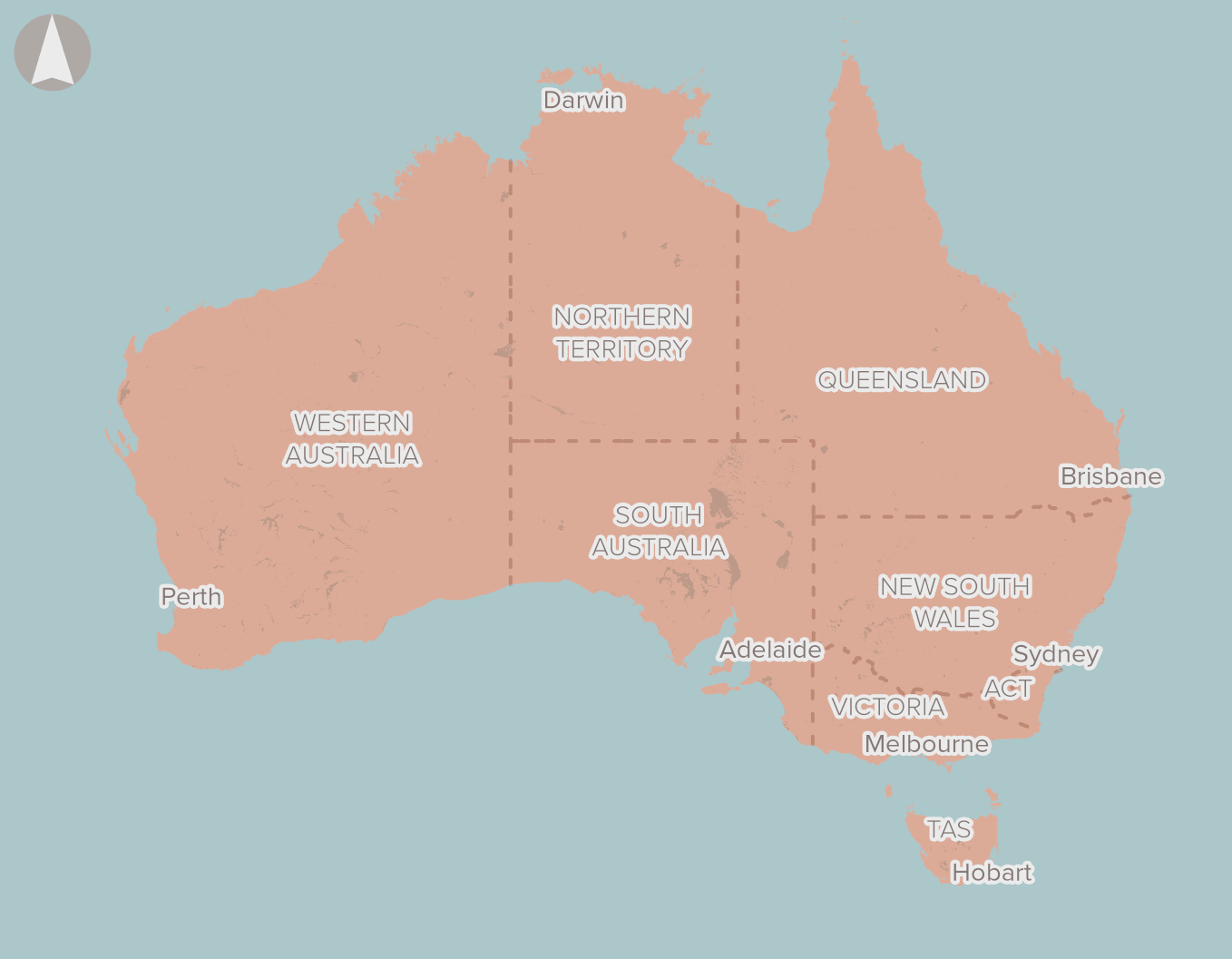Town and city water security


Australia’s urban water infrastructure is critical for the liveability and prosperity of more than 20 million people and 9 million connected properties in our towns and cities. It also serves industries, supporting growth in productivity and employment across the country.
The role of water in the public realm is also diverse. For instance, as well as drinking water, water plays an important role supporting urban cooling and amenity.
The 2019 Australian Infrastructure Audit found that the ‘urban water sector faces challenges, including the impacts of climate change, population growth, ageing assets, and changing needs and expectations from users. Failure to adequately address these challenges could lead to rising water bills, as well as exposing users to risks of declining service quality and reliability’.
For regional towns, water utilities often rely on a single supply source, with no physical link to an alternative bulk water supply. The lack of supply diversification creates further water security risks for these communities.
The 2021 Australian Infrastructure Plan identifies that the security of water resources is under increasing pressure from climate change, weather extremes, population growth, changing user expectations, changing land use and ageing infrastructure.
The proposal is for a mix of infrastructure and non-infrastructure responses, such as demand management, to efficiently meet agreed service standards for water security in Australia’s towns and cities. Infrastructure interventions for towns and cities could involve new water sources, such as recycling and desalination.
Long-term urban water planning will need to be supported by stronger institutional arrangements, as recognised in the Early-Stage Proposal for Bulk water supply security, which is separately included on the Infrastructure Priority List.
Collaboration and knowledge sharing will also be important to achieve the best outcomes, taking into account the roles and responsibilities of state, territory and local governments.
See here for a list of submissions received by Infrastructure Australia in relation to this program proposal.
In 2019, the Australian Government established the National Water Grid Authority, which is collaborating with states and territories to identify, plan and deliver nationally important water infrastructure that increases the nation’s water security for primary industry and supports regional growth.
Proposals for Greater Sydney water security and Perth and south-western coast water security are separately included on the Infrastructure Priority List, as the NSW and Western Australian Governments respectively have provided detailed evidence of these issues.
This proposal calls for program submissions that consider town and city water security at a local, state or territory level.
We encourage relevant organisations to fully assess this problem in their respective locality, state or territory (Stage 1 of Infrastructure Australia’s Assessment Framework) prior to identifying and analysing potential investment options (Stage 2 of Infrastructure Australia’s Assessment Framework).
Consideration should also be given to water-related content in the 2021 Australian Infrastructure Plan, including improving water efficiency, alternative water sources for drinking and the value of water in urban environments.
Refer to Infrastructure Glossary for terms and definitions.